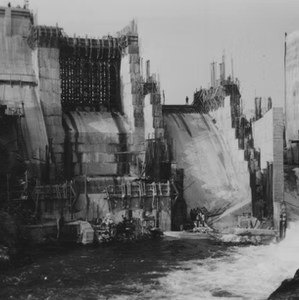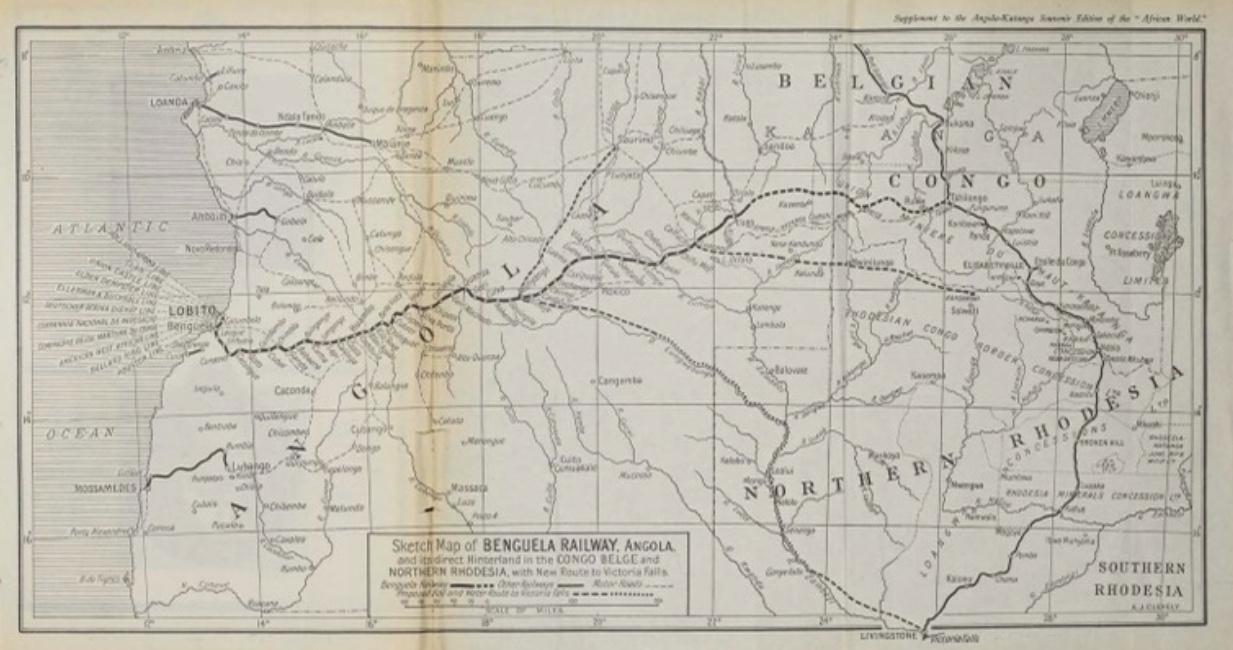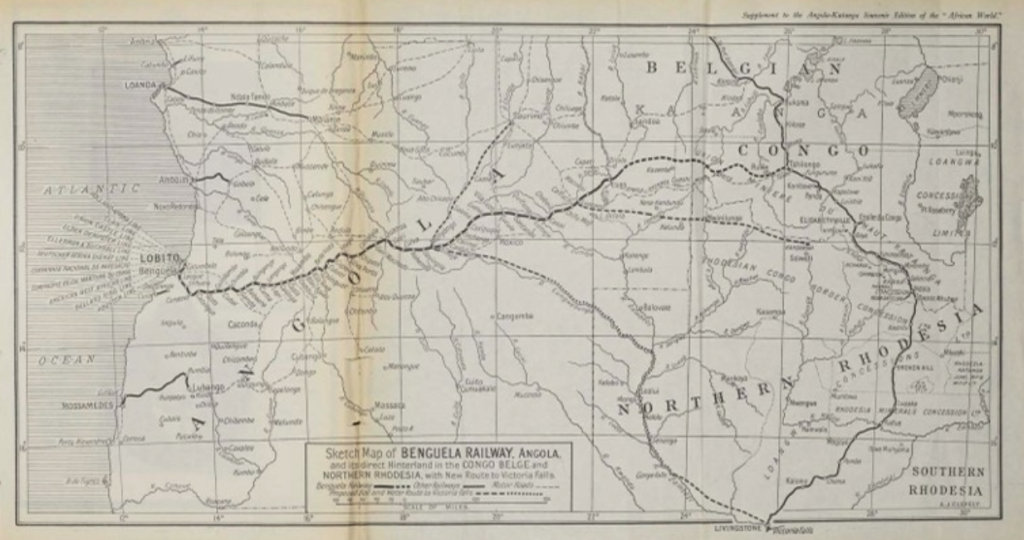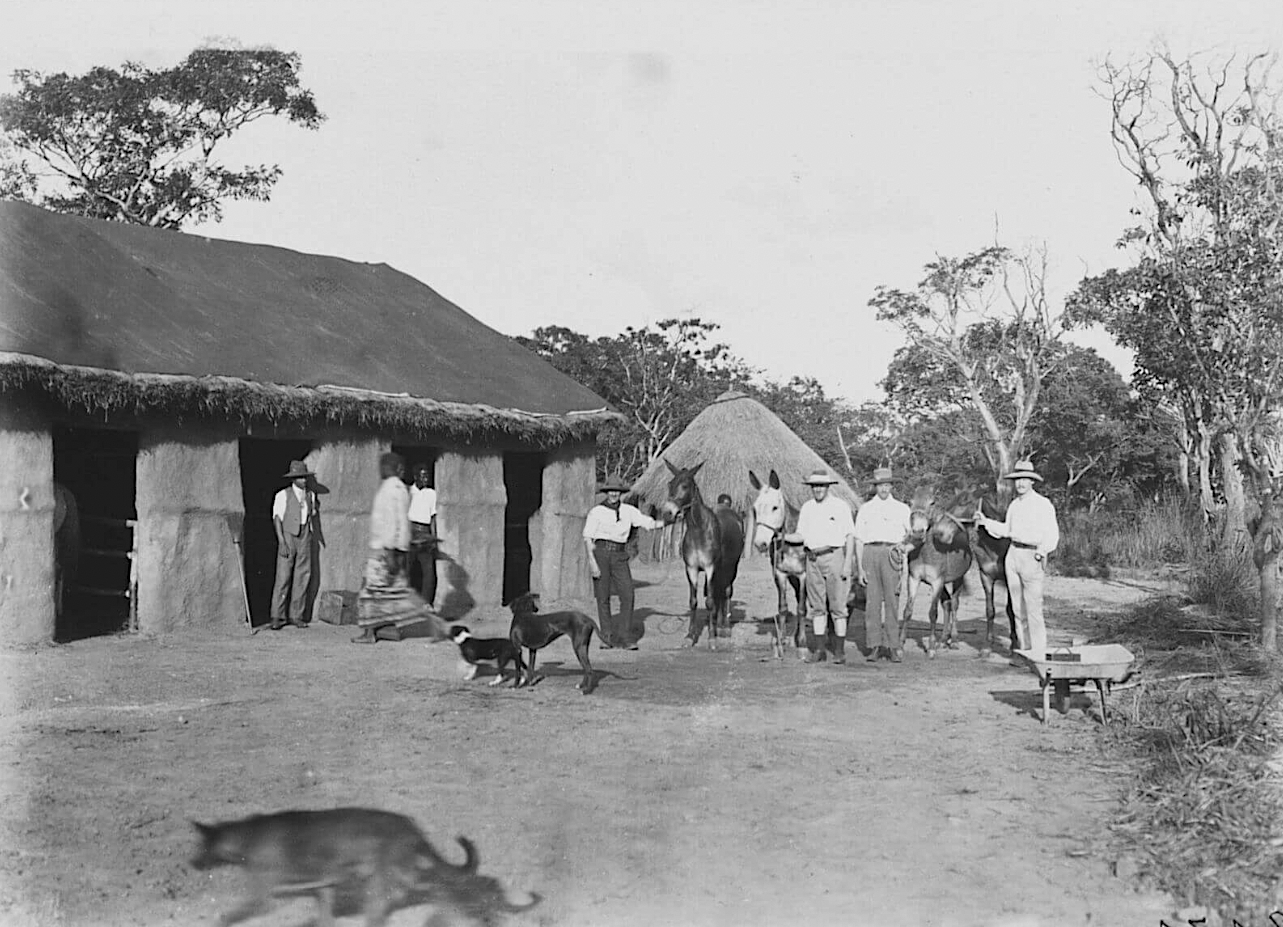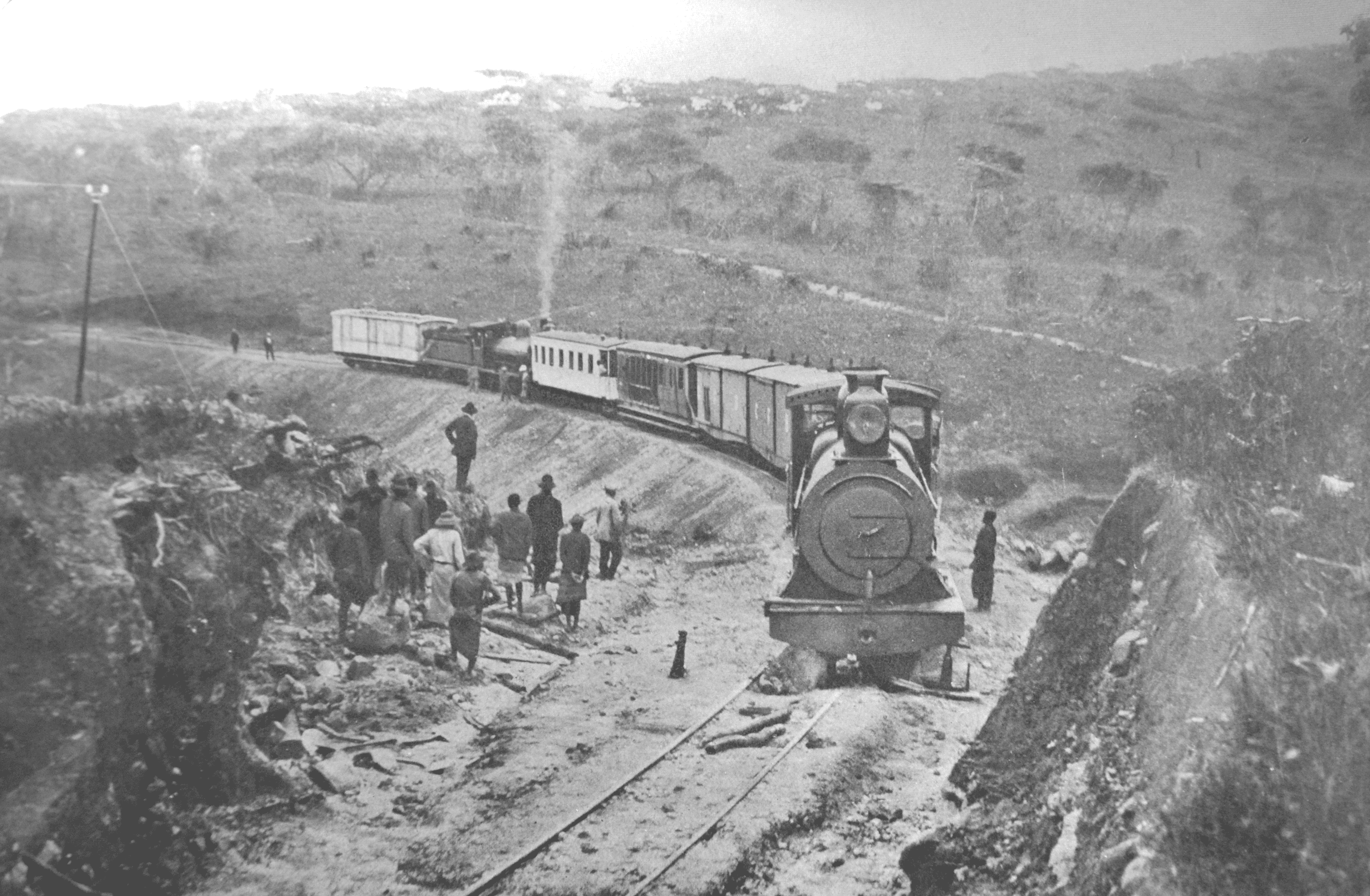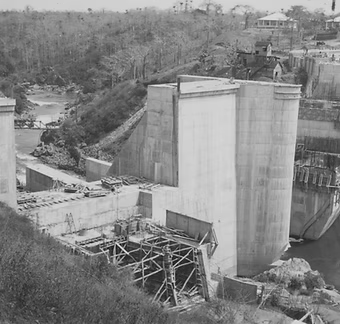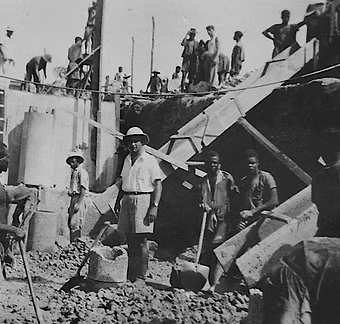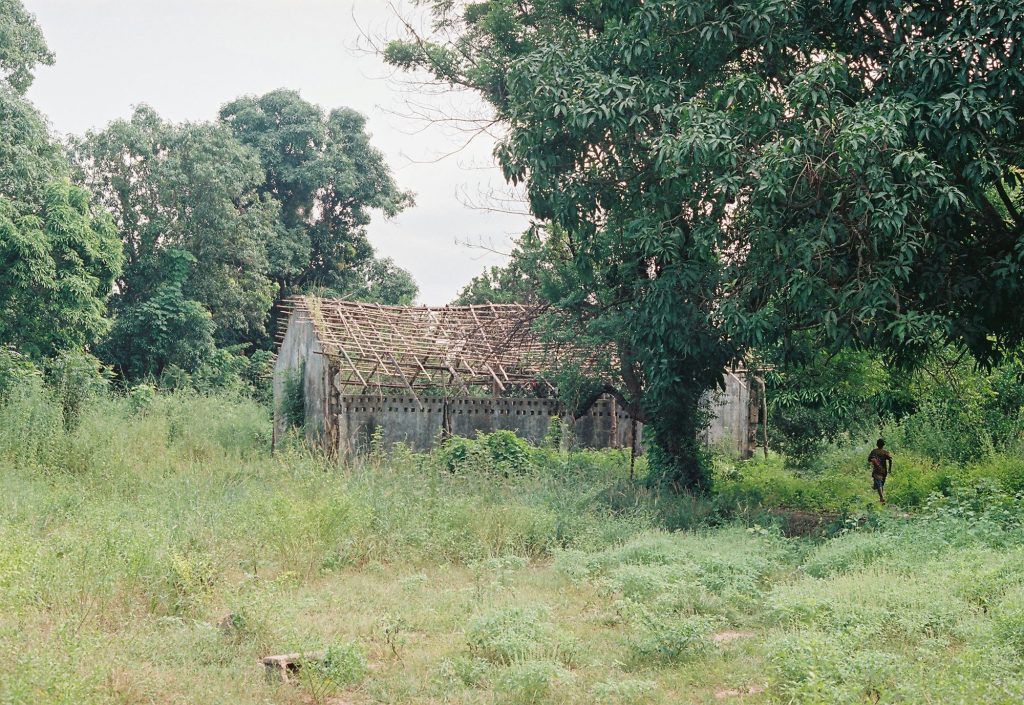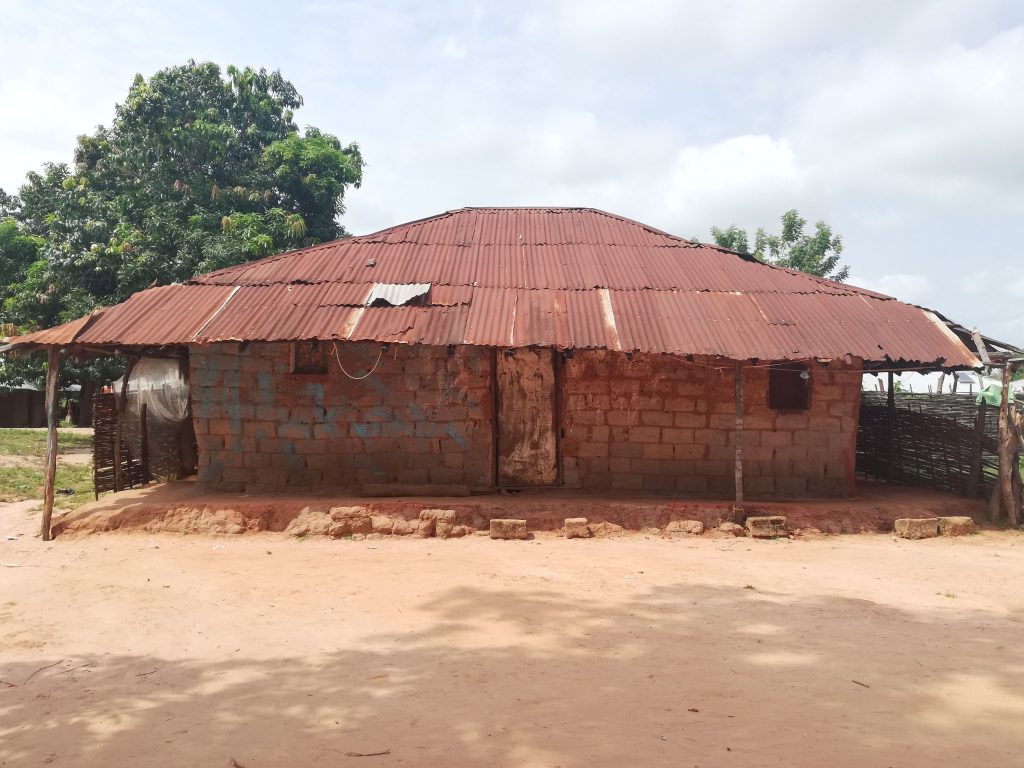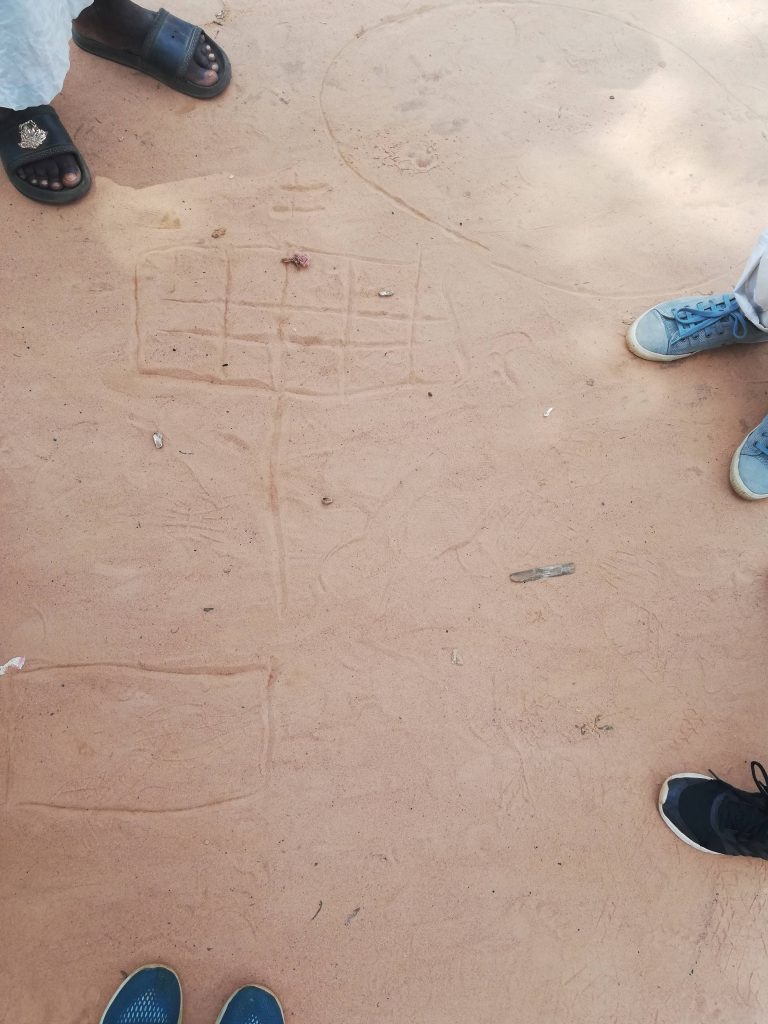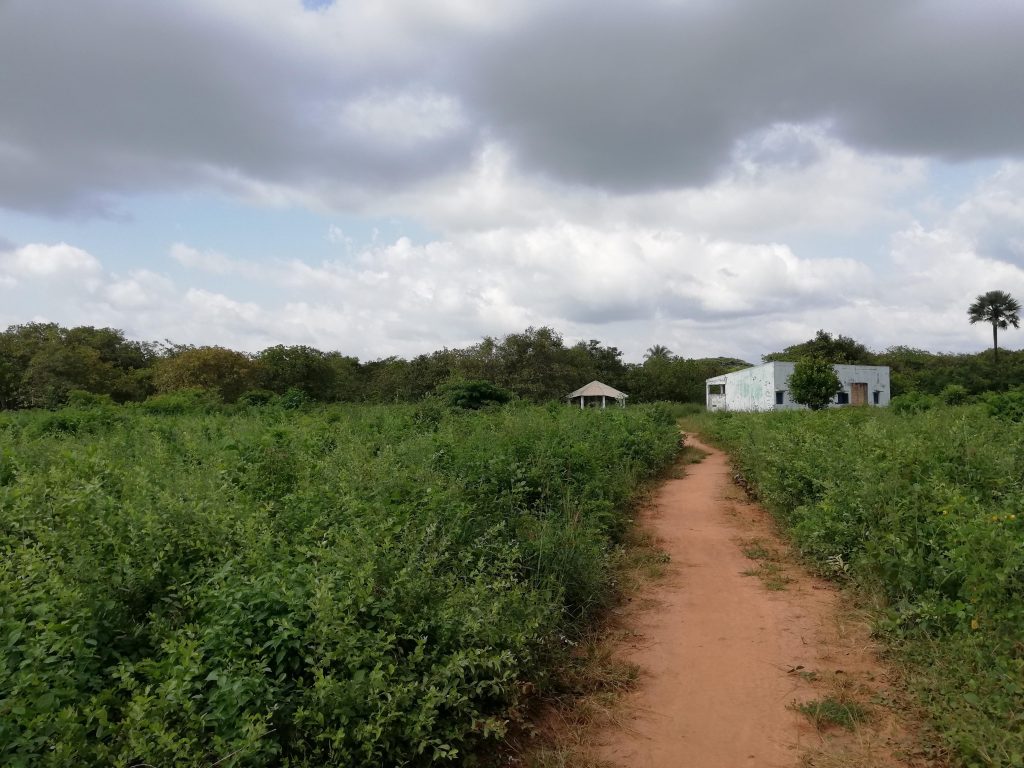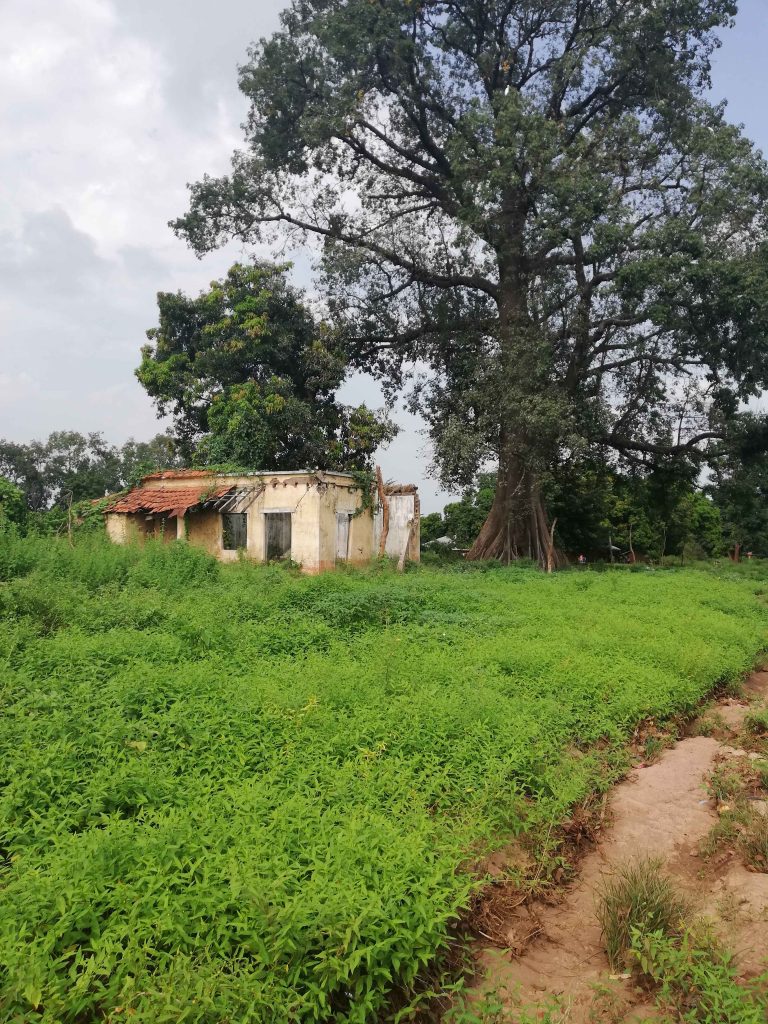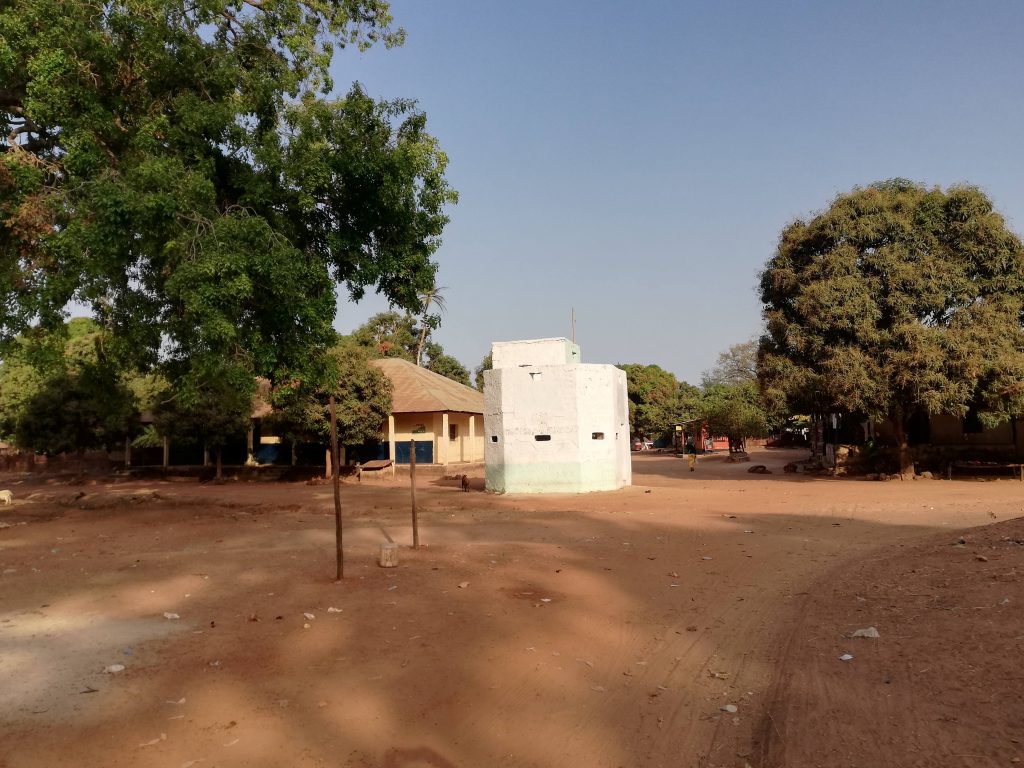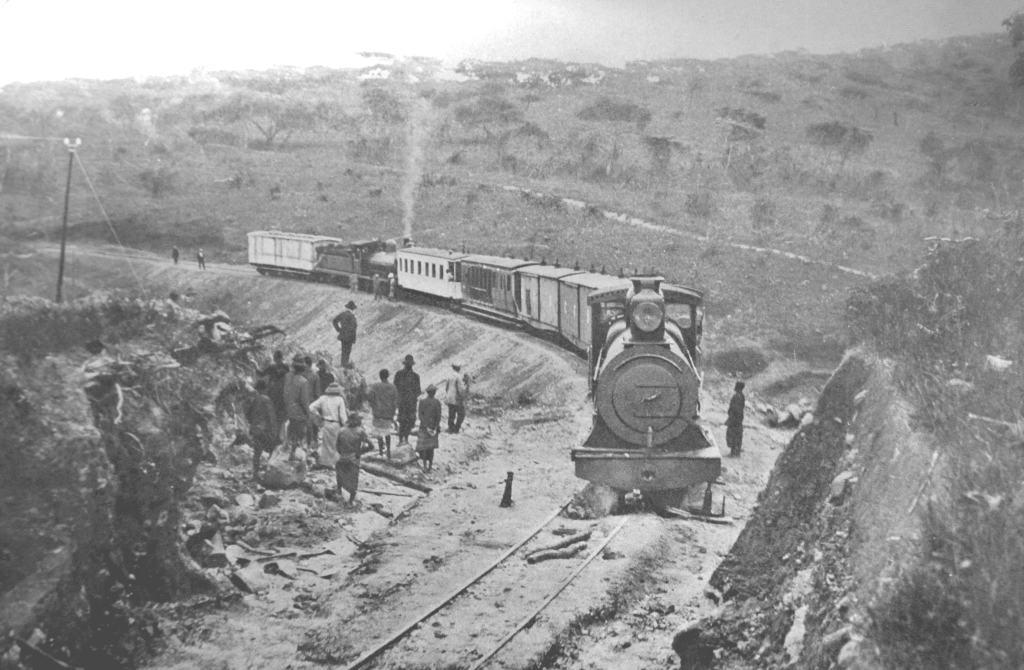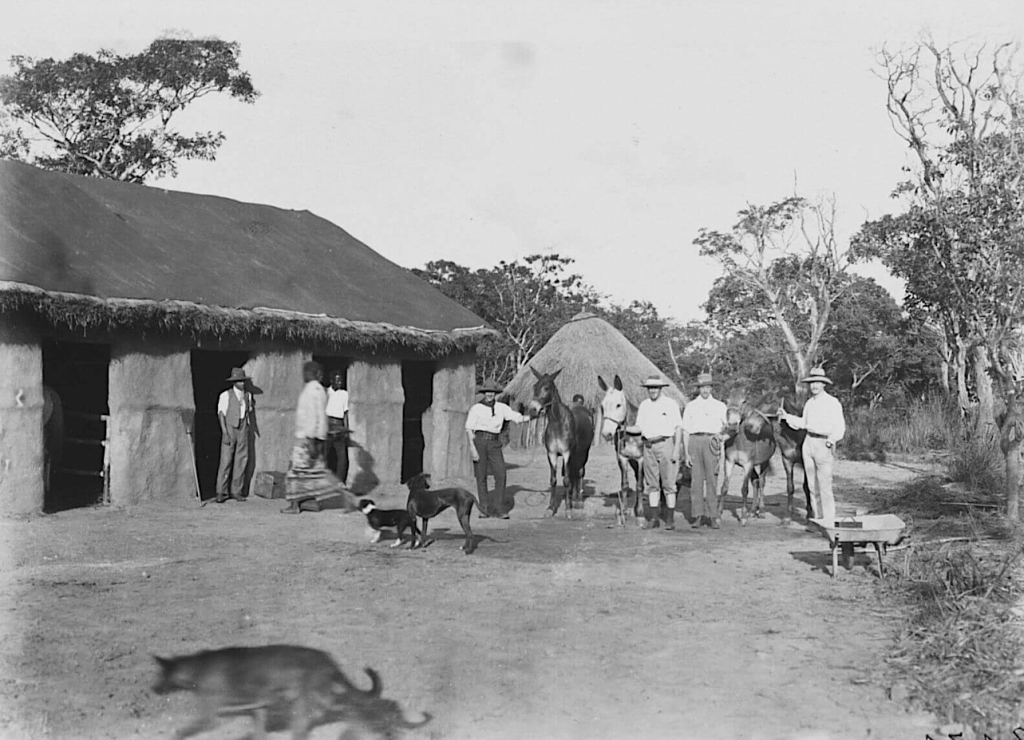Journal Article
A habitação para trabalhadores na concessão da Diamang: modelos, materiais e disputa no colonialismo português
Revista: Revista de História das Ideias (Dossier Temático Culturas do Habitar, nº 43, 2ª
série). Coimbra: Imprensa da Universidade (no prelo)
Autora: Beatriz Serrazina
Data: 2025
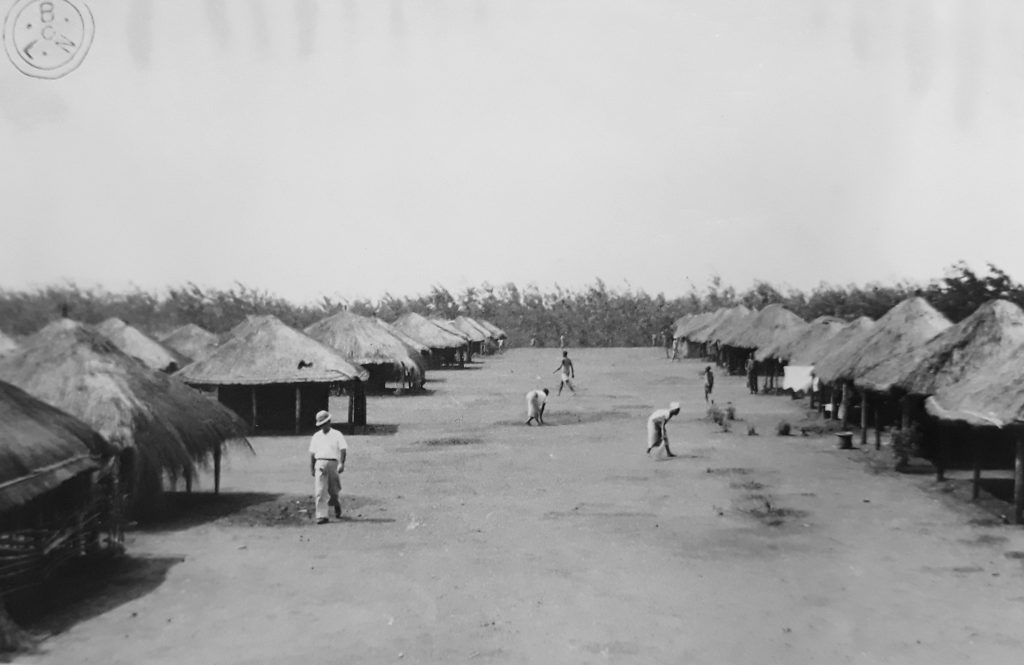
Relatório da viagem a África de Simões Neves Arquivo Oliveira Salazar, UL-8A4, cx.
718, pt 1, PT/TT/AOS/D-N/002/0008/00001, Imagem cedida pelo ANTТ)

Construção Civil, 1960-63, DCV-UC/AD)
Summary
As atividades extrativas da Diamang numa ampla região concessionada no
distrito da Lunda, no nordeste de Angola, entre as décadas de 1910 e 1980, exigiram a construção de estruturas em diversas escalas, programas e contextos. Este artigo analisa a produção de habitação para os trabalhadores da companhia mineira, inquirindo os modelos desenhados e adaptados ao território, a diversidade de materiais de construção, assim como os processos de apropriação e contestação que os permearam. Cruzando diversos períodos do colonialismo português em África, o artigo explora agendas transversais que desafiam leituras dicotómicas e padronizadas dos modos de habitar. Entre centenas de aldeias e povoações, habitadas por milhares de trabalhadores e famílias, sobretudo oriundos de várias partes de Angola e Portugal, a Diamang procurou criar um «dialeto corporativo» que, contudo, esbarrou amiúde na ambivalência entre imagéticas urbanas, tanto por parte do poder colonial como por parte das comunidades locais.
Click here to read the original article.
Related Study Cases
Diamang


